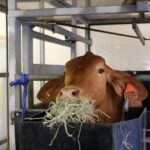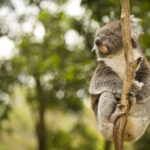In a few years, farm robots will be something many of us wondered how we…
Native foods: demand and diversification
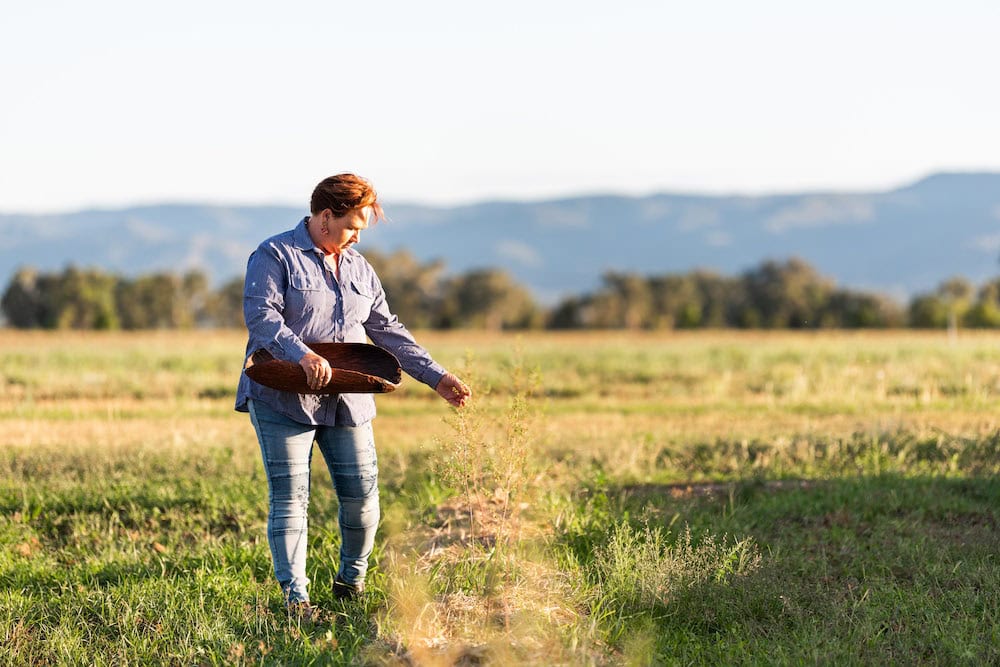
When Ren� Redzepi, head chef of the world�s second-best restaurant Noma, launched a pop-up in Sydney in 2016, he opened the eyes of the world � and most Australians � to the incredible array of native foods in our sunburnt country.
Using Kakadu plums, crocodile fat, pepperberries and dozens of other native ingredients in his cooking, the Danish chef managed to kick a burgeoning sector into hyperdrive, in the space of 10 weeks.
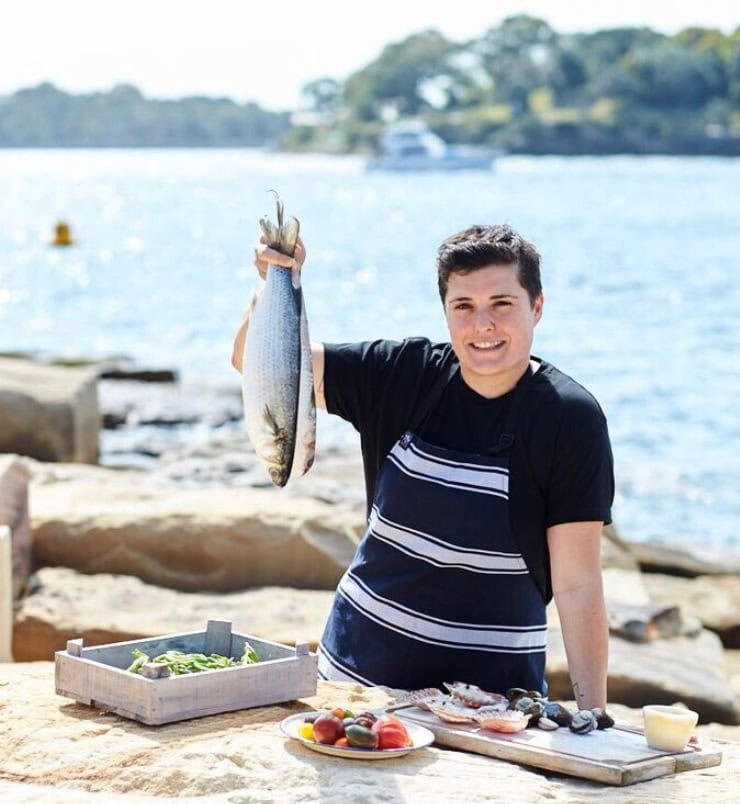
�Chefs are always trying to find new products. When Noma came to Sydney they cooked with native ingredients and did all this crazy stuff, and chefs started to look around in Australia and go: �Oh my God! You can do all this stuff with these foods that have been here all along�,� says Claire Van Vuuren, head chef and co-owner of Bloodwood restaurant in Sydney�s Newtown, who has been using native ingredients in her cooking for many years.
�It�s nice to use a product that is explicitly from the country you�re in, and that you can�t access in any other country,� adds Claire. �Obviously, Indigenous communities have been using these ingredients for thousands of years, but as readily accessible products, I think most have only been available in the past seven years or so. Each year it becomes more affordable and there are fewer and fewer reasons why chefs can�t have native foods on their menus.�
Native foods, 65,000 years in the making
There are 6,500 types of native foods in Australia, including plants such as bush tomatoes and warrigal greens, proteins like wallaby and green ants, and grasses such as saltbush. At least 1,500 native plants are used by Indigenous communities for food, and yet not one of the world�s top 150 crop plants comes from Australia.
�To bridge a gap through horticulture, a starting point would be for non-Indigenous communities to engage with Indigenous communities across the country � inclusion of Indigenous peoples should be standard,� explains Indigenous chef Mark Olive, who has been showcasing native ingredients in his cooking, and on his TV shows, for three decades.
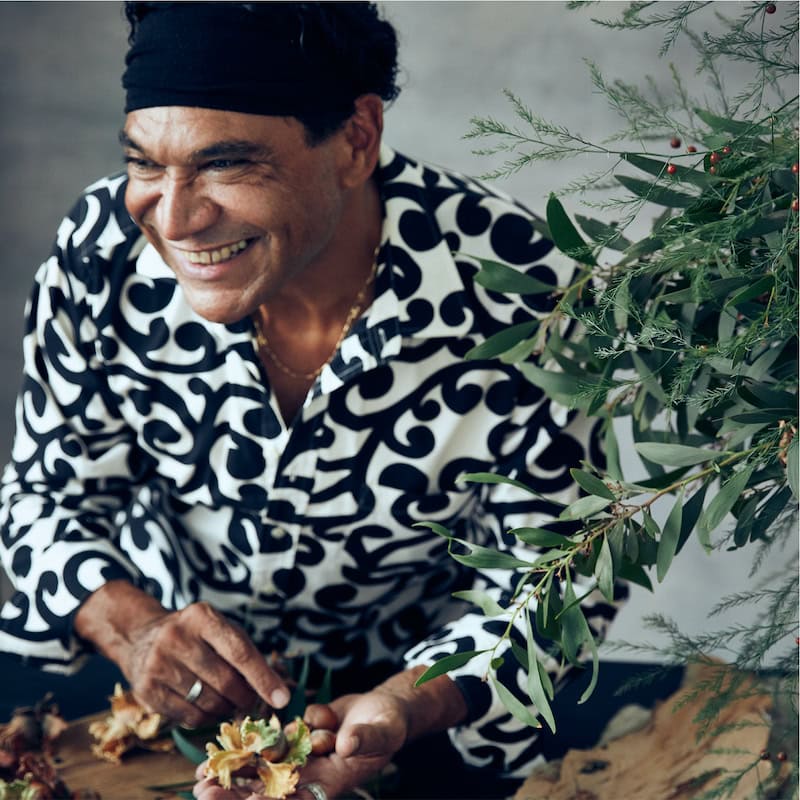
�The industry has changed massively in the past five years. Since the uptick in reality cooking shows, native ingredients have been featured heavily in challenges, and that has changed the way we engage with native produce.�
Mark Olive, aka the Black Olive.
�Once we have established an industry that is proud of our native fruits, seeds, nuts and proteins, then we can call what we have in our backyard an �Australian cuisine�, and that would unite a mass of people.�
Despite the incredible growth of the industry in recent years, research conducted by Bushfood Sensations in 2019 found that only 1 per cent of the industry�s produce and dollar value is generated by Australia�s Indigenous people.
�I�m really passionate about farmers having respectful and meaningful relationships with Aboriginal people in their communities,� says Sharon Winsor, a proud Ngemba Weilman woman, and also the founder and managing director of native foods supplier Indigiearth.
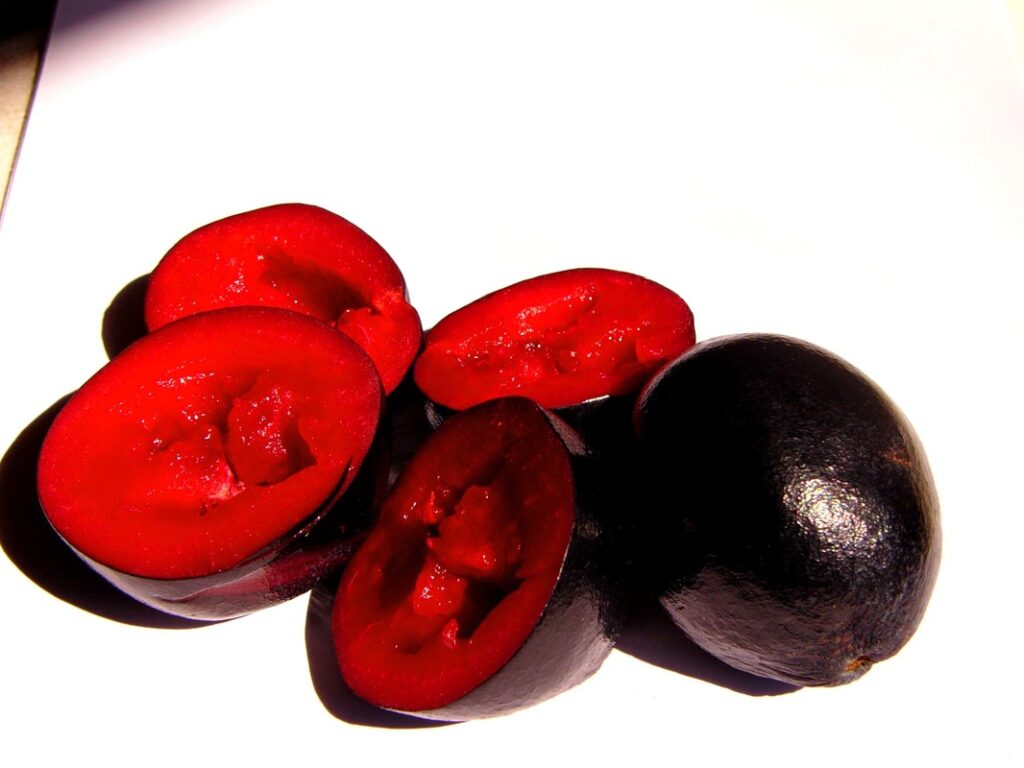
�There are lots of people who have produced native brands and who are using our knowledge to promote those products, but they have no real connection to Aboriginal people or community. We want people to become growers and create partnerships and have a meaningful connection with communities to be able to use those stories and use our knowledge.�
�Over the past 12 months people have really changed their mindset about what they�re eating, what they�re consuming, where their ingredients are coming from, and wanting to know what the health benefits of many foods are. I�ve seen the biggest shift in the past 12 months compared to the previous 10 years.�
Bush food boom
Sharon has been running Indigiearth in Mudgee since 2012, where she sells more than 200 products (her best-selling ingredient is lemon myrtle). Last year she opened her own caf� as part of the retail shop, where bush tomato quiches, lilly pilly cheesecakes and Kakadu plum smoothies can often be found on the menu.
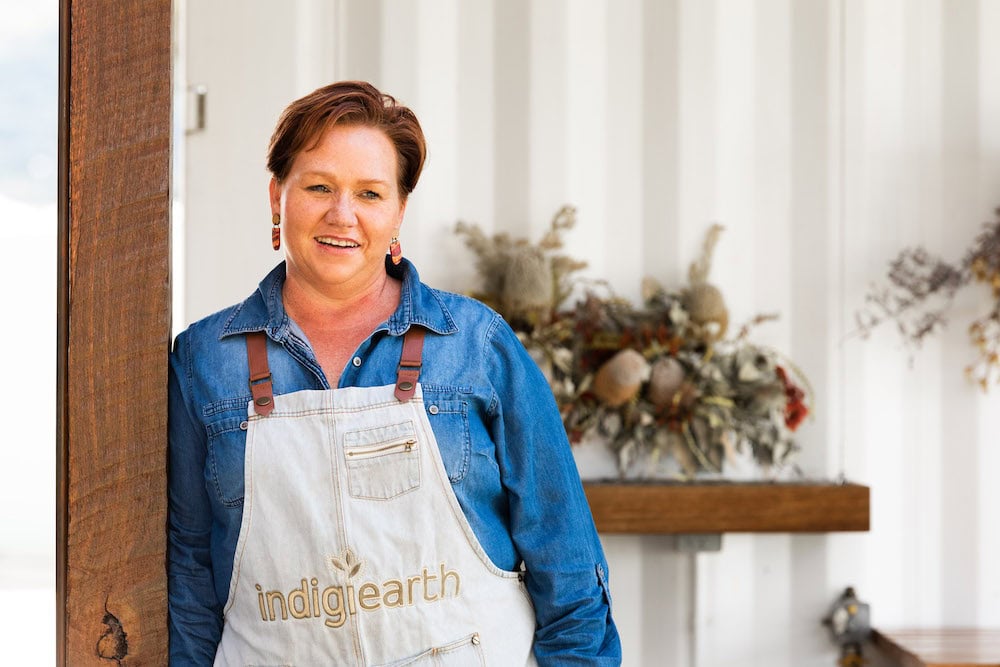
�COVID-19 has done the opposite for my business to what other businesses have gone through: I�ve experienced rapid growth and interest in what we�re doing. I opened up a bush tucker caf� in the middle of a pandemic, and that�s been going great,�reports Sharon.
While the most recent statistics about the health of the industry are from 2010 and outdated, anecdotally nearly all those along the supply chain agree that demand for native foods is far outstripping supply.
�I grow three tons of lilly pillys [Australian cherries] a year � I could have sold 10 tons this year,� explains Rus Glover, co-chair of the Australian Native Food and Botanicals (ANFAB) national industry body.
�The demand is there because people are starting to understand that these foods are really healthy and they grow here. Expanding what people are actually eating is part of the ethos of the native foods industry; to help build its own momentum into the future.�
Sharon Winsor � founder and managing director of native foods supplier Indigiearth
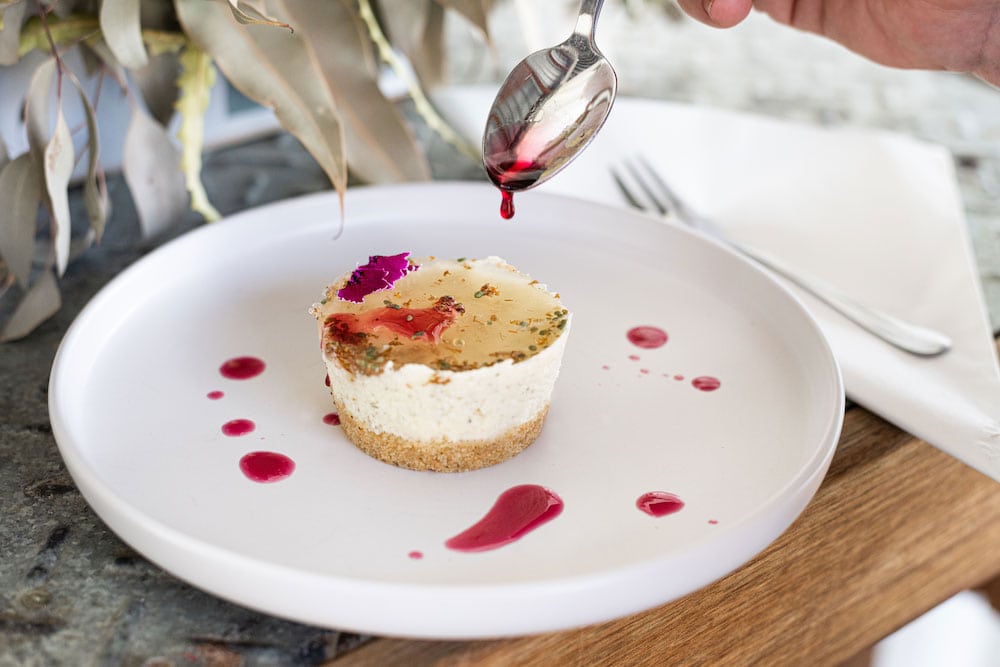
Native foods and a sustainable future
Fifty per cent of ANFAB�s Board is Indigenous, and the organisation is committed to supporting growers and farmers and increasing Indigenous participation and leadership in the sector.
�The first two things for farmers to think about is whether there is a market for the native they want to grow, and will it grow in their area. We then recommend that they contact their local Aboriginal corporations or Land Council to see if there are any opportunities to work in partnership with the local Aboriginal population,� advises Rus.
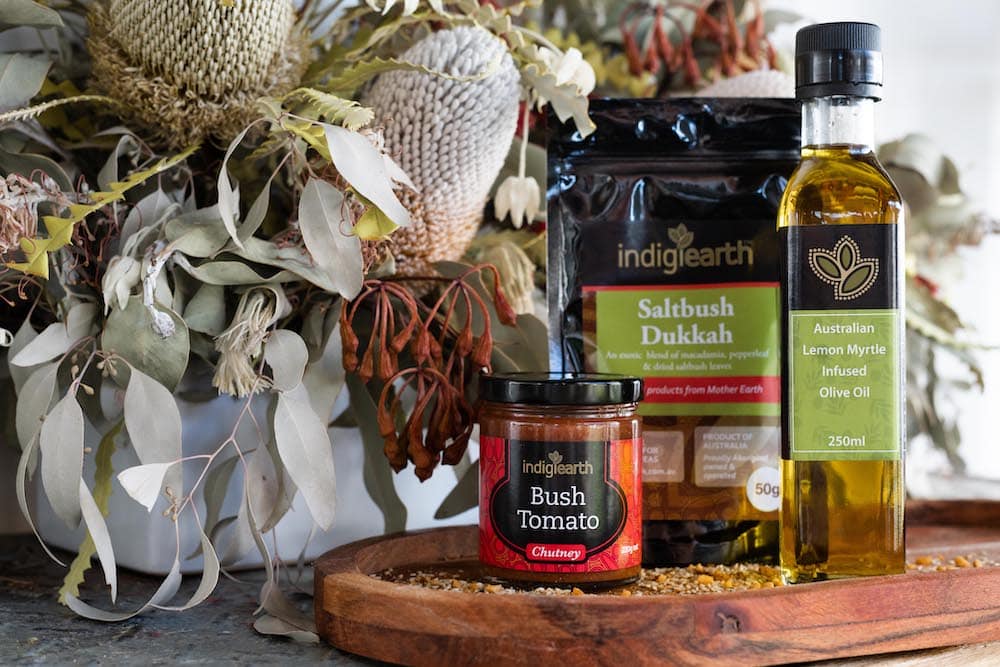
Rebecca Barnes, director of Playing With Fire (another native food producer) has spent the past 22 years growing and manufacturing native foods including lemon myrtle, Davidson plums and finger limes. Based in Ballina, on Bundjalung country, Rebecca believes that many farmers can diversify their crops with natives.
�We need more farmers � that�s definitely the push. Farmers should speak to their local Aboriginal Land Council, because they�re going to have some good advice on bush foods and what was traditionally eaten. They will very often support new businesses.�
Rebecca Barnes, director of Playing With Fire.
�Byron Shire Council has also funded a Farmer Liaison Officer position, and he has a very strong lean towards natives. He can see that there�s nothing stopping the average cow farmer putting in a paddock of lemon myrtle. Planting a mix is a good idea, and you don�t need a lot of land to get productive trees from the natives,� adds Rebecca.
Australian native foods may have been in use for thousands of years by our Indigenous communities, but the moment has arrived for native foods to go mainstream. No farmer will want to be left behind.

Finger limes: Australia’s native caviar
Finger limes are one of the most popular native foods on the market, and they are originally from northern New South Wales and southern Queensland. They�re typically green-yellow in colour, but finger limes also come in vibrant crimson, purple and black varieties.
The flesh of the fruit has a caviar-like appearance. An easy substitute for regular lemons or limes, finger limes are most often used as a garnish or as a citrus hit in sauces, jams, dressings and beverages.
�We freeze-dry all our products and sell them to Haigh�s Chocolates, Four Pillars Distillery and Cape Byron Distillery, among other major producers,� says wholesaler Sheryl Rennie, owner of Australian Fingerlime Caviar based in Bangalow in the Northern Rivers region.
For more than 20 years, Sheryl has worked with a group of nine growers with more than 11,000 trees to produce 10 varieties of finger limes for distilleries, breweries, food service, and chocolate and ice cream companies across Australia.
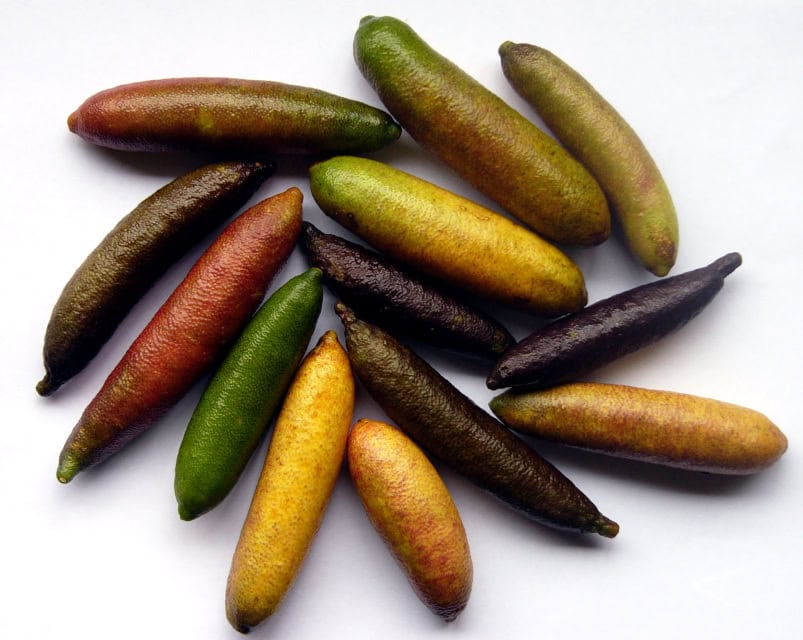
�I�ve got a mixed orchard. Most growers in this area grow finger limes, Davidson plums and lemon aspen. All of our growers, we all do the same thing. We�ve got a regimen that we stick to and we�ve done okay for years with it. Bad quality fruit from backyard growers is a big issue right now � it leaves a bad taste in people�s mouths, literally and figuratively. But we�ve never had any rotten fruit or any fruit at all sent back,� says Sheryl.
Named after their shape, finger limes can grow up to 12 centimetres long. Today, all finger limes traded in Australia are cultivated rather than obtained through wild harvest. Like all citrus varieties, finger limes prefer well-drained soils. Trees begin producing fruit in the third year, but quantities remain limited until the fifth or sixth year, when they can produce up to 20 kilograms.
�We�ve got great opportunities now in the native food industry, but there aren�t enough good growers. Farmers need to be pretty diverse in their cropping, and these plants are native to Australia, so they�re pretty drought tolerant. So, I think, in the future, more people need to plant natives,� says Sheryl.
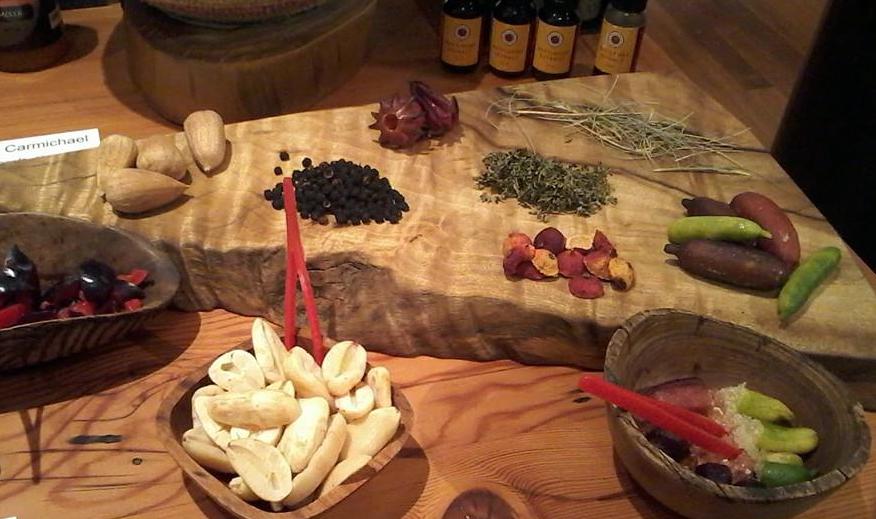
If you enjoyed this feature on native foods, you might like our story on the Kids to Farm program.



